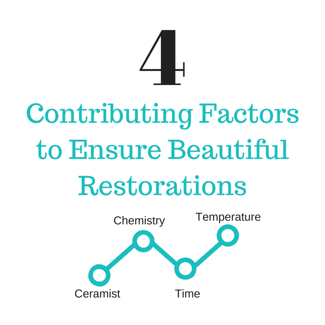 Properly fired, natural-looking restorations are the result of only a few considerations. These limited but critical factors include:
Properly fired, natural-looking restorations are the result of only a few considerations. These limited but critical factors include:
- Ceramist
- Chemistry
- Time
- Temperature
Naturally, the capability of the ceramist contributes to the overall appearance of the fired porcelain restoration. The chemistry and color blends of the Ceramic that he or she uses also plays a part in the outcome. But the most important factors in achieving consistent and predictable esthetics are Time and Temperature.
The two are strongly interrelated. The ceramist is often able to do with Time that which he/she is unable to do with Temperature alone – and vice versa. The two elements are so intertwined with each other that for firing ceramics, you cannot have one without the other.
Temperature
It is not just temperature setting that contributes to the making of a beautiful ceramic restoration, but rather temperature accuracy that enables you to deliver a porcelain bridge to the dentist with pride. If porcelain is underfired, it won’t end up with ideal physical properties, but also as important; it won’t exhibit desirable esthetic characteristics. Too low a temperature will not allow the proper vitrification of the ceramic, and will often result in a chalky, under-fired appearance. Conversely, over-firing a restoration can result in an excessive saturation of color, too high a gloss and a potential distortion of the contour.
How does one ensure that the porcelain is being fired at the proper temperature? Oftentimes, just setting the temperature numbers on the furnace is simply not enough. In fact, most furnaces in daily use are not accurate. What is needed is a proper furnace setting and an accurate thermocouple, which - once we know the temperature is accurate - enables us to properly mature the ceramic to the desired result.
The thermocouple helps ensure a preset point of temperature at its location. That means that we want the ceramic to be located very close to the end of the thermocouple. Though thermocouples are generally accurate, the ceramic will still need to be inspected visually to ensure that the temperature set point produces the desired effect on the ceramic.
And, let’s not forget keeping the temperature within desirable accuracy tolerances. The only way to ensure that is to periodically calibrate the furnace using the ProCal. This easy-to-use product not only determines how far off of the mark you might be, but actually brings the furnace back to that mark.
Time
As stated earlier, Time and Temperature go hand in hand. The maturation of dental porcelain depends on the two working together. Temperature climb rates (time, combined with the high temperature setting) is one contributing factor to proper vitrification and time at (high) temperature (otherwise known as heat soak) is the other. No ceramic being fired is at the indicated temperature until it heat soaks for some length of time.
Every furnace comes complete with a thermocouple – and hopefully an accurate one. The porcelain you use has a long history of making beautiful, long-lasting restorations. You have many successful years under your belt turning out pretty, morphologically sound crowns and bridges. So how can you miss?
The way you’ll miss every time is to misunderstand and underestimate the importance and critical role that Time and Temperature play in achieving the results you, the dentist and the patient want.
So, to achieve your ideal porcelain restoration, do you have responsibility to bring the right combination of C, C, T & T to the table? You bet you do. And, if you need any help getting there using a Whip Mix furnace, we have the folks to help you get there. Just call our Technical Support team with your C & C and one of our experienced CDTs will provide you with a method to achieve the consistently right T & T.



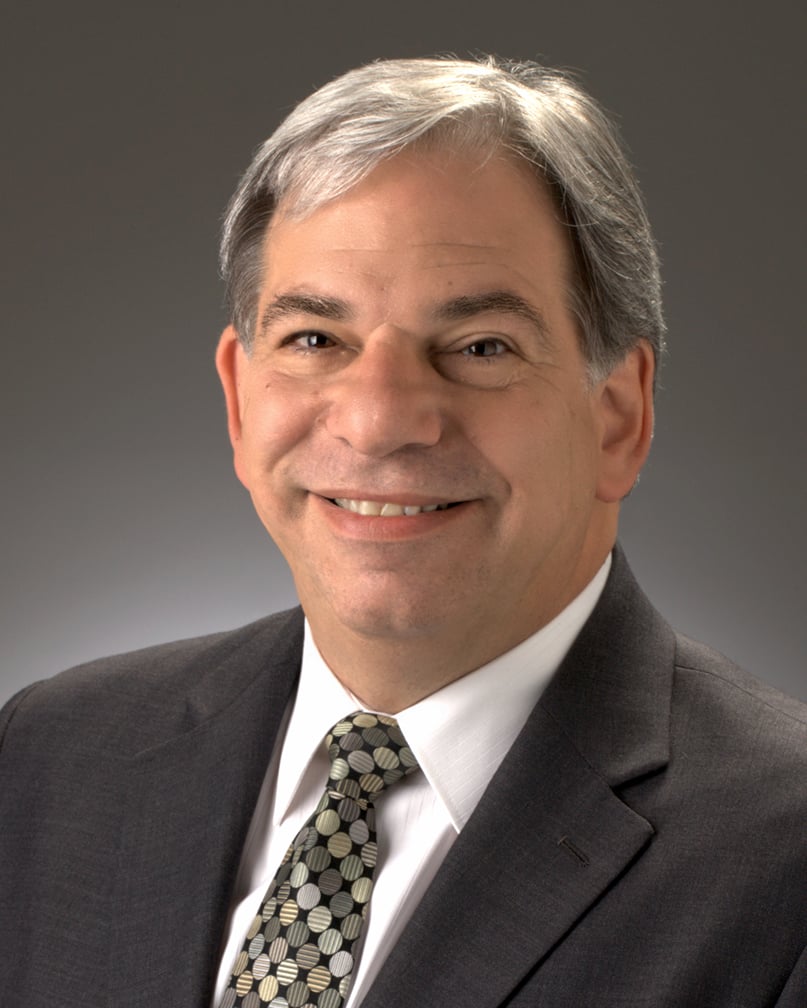



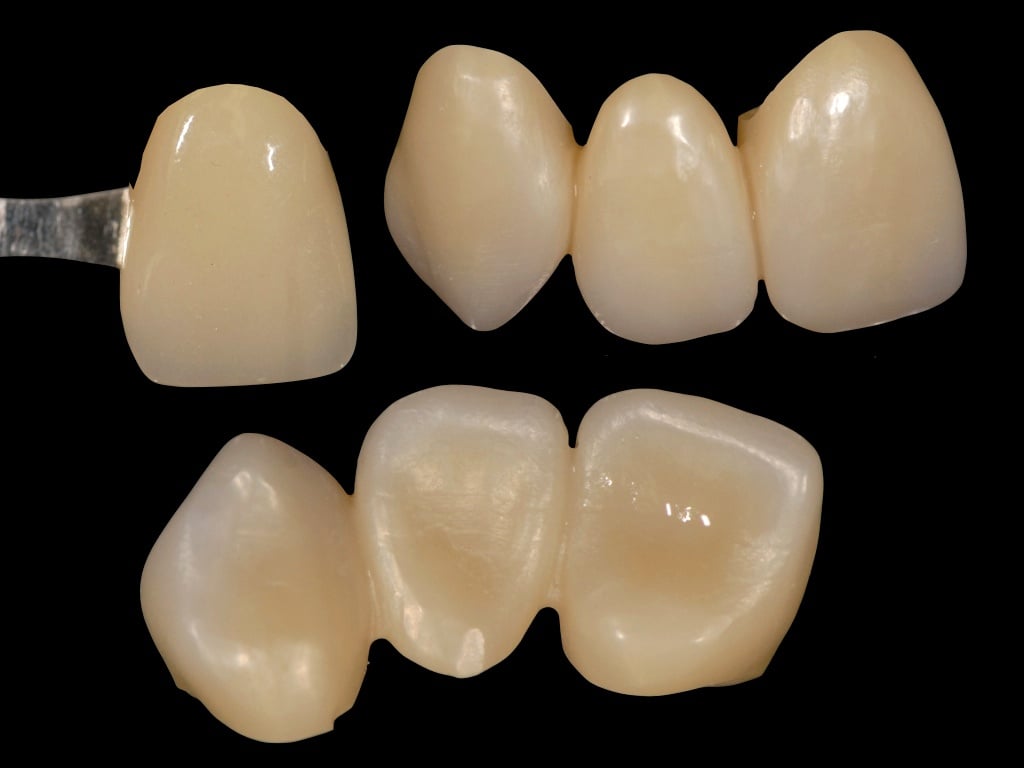

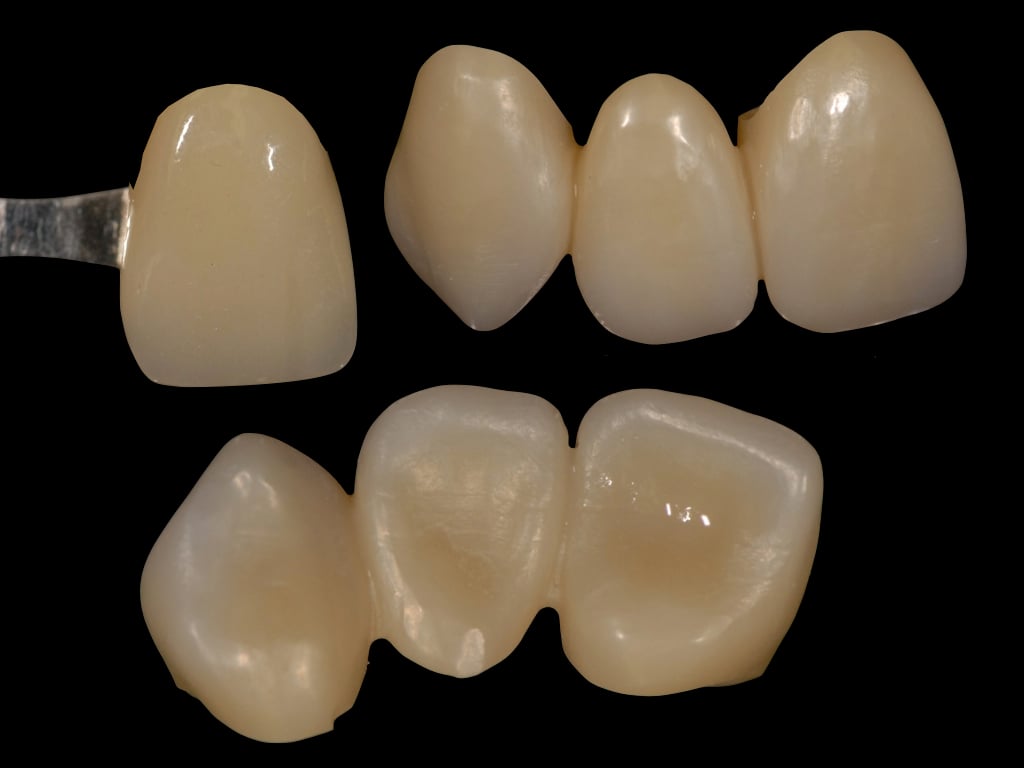
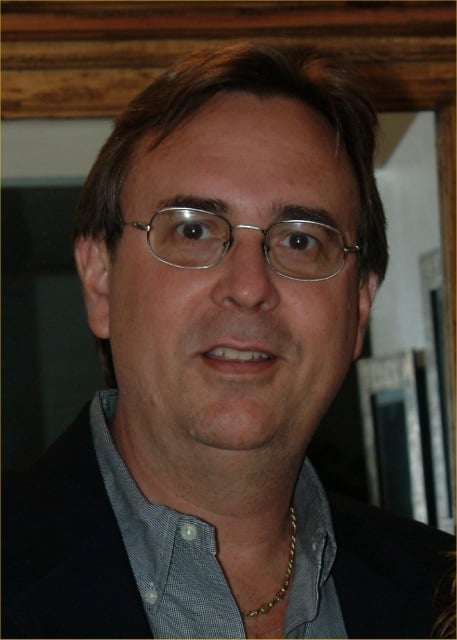
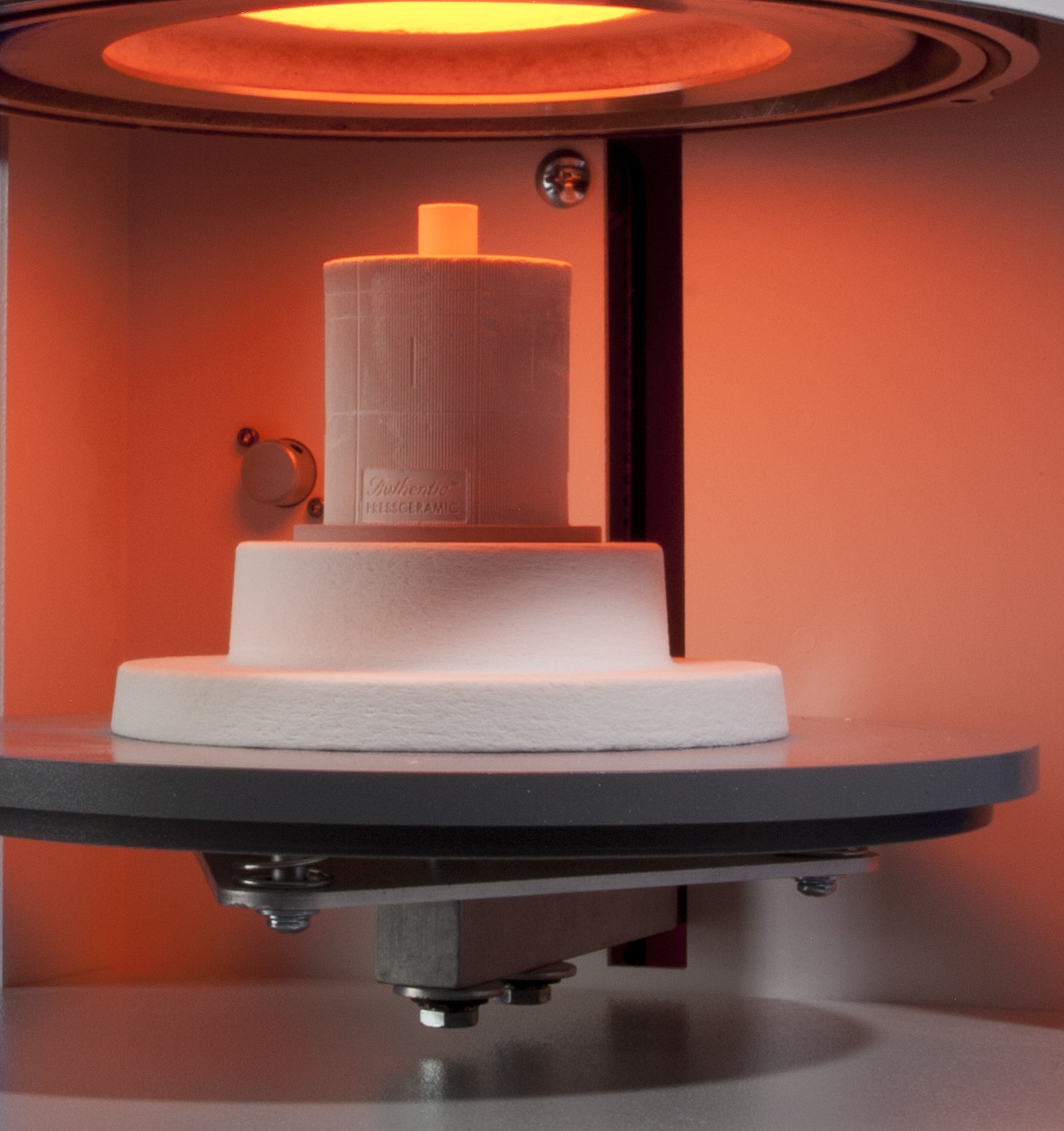
Leave a comment